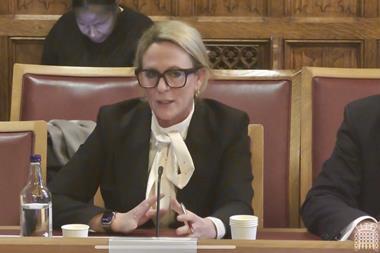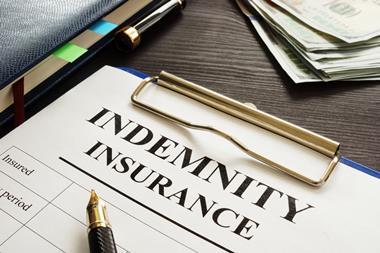Chris Hill says there is a worrying trend of lower rates in the liability market
Since the "liability crisis" of a few years ago the insurance industry should be rightly pleased with itself. Having aroused the ire of the government, the Office of Fair Trading (OFT) and the CBI, the industry has worked hard to put things right.
This has meant setting rates that bear some resemblance to the level of exposure being covered and incorporating cost factors such as claims inflation.
I am still optimistic that the good work done in liability will continue. But there are worrying signs. 2005 was highly competitive with rates generally showing a downward trend. Lowering rates can go on only for so long, especially as bodily injury claims costs are increasing at a rate of 10% and NHS 'recoveries' - whereby the health service will be able to claim back the cost of treating all people who suffer a personal injury - is just around the corner.
Certain insurers within the market are exhibiting greater capacity and appetite to write new business particularly within the construction sector. But the price at which this business is being written threatens to erode the corrective action that has been taken in liability.
It's exasperating to have to pose the question, once again: will the insurance industry ever learn?
There should, by now, be a real desire for the industry to show true professionalism from the boardroom to the front line. The action that we take now is critical to support and achieve that aim.
Failing to act professionally has an impact not only on our collective reputation, but also on how seriously we are taken by the legislature and our customers. We need to get it right to maintain our status and credibility with outside stakeholders such as the Department for Work and Pensions, the OFT and the CBI.
First and foremost it's about pricing risks consistently. The major insurers need to take the lead by demonstrating that lessons have been learned and show the customer that a fair deal is not always directly proportional to the level of rate reduction.
Those in the 'trenches', whose trading decisions have an enormous impact on our ability to maintain premium stability and profitability, need to know their walk away price and stick to it.
Whether the technical price for the risk is £250,000 or £250, they should stick to it like glue. In the front line trading environment this is, admittedly, a tall order. But managers need to be reassuring their underwriters that it is acceptable to walk away from a risk that is unsustainable at the discounted price. Doing this requires a mixture of competence and confidence.
Brokers have a crucial role to play in the process. It is a given that they pride themselves on offering their clients sound advice and this should include helping them understand the pricing dimension.
Businesses that drive their brokers to obtain the cheapest price now should expect to see large price increases at future renewals. Gentle price increases bring more certainty and less volatility for all players.
Insurers should be quoting a fair price for the risk involved, backed up by comprehensive risk management advice, an excellent claims service and the security of a financially sound insurer.
Managing the cycle is all about ups and downs, boom and bust, feast and famine. Policyholders have come to expect peaks and troughs and it is up to the insurance market to change their perceptions.
Insurers need to act responsibly but brokers need to play their part as well; not chasing falling prices but educating their clients in understanding that there is a better way. IT
' Chris Hill is head of casualty at Norwich Union
Hosted by comedian and actor Tom Allen, 34 Gold, 23 Silver and 22 Bronze awards were handed out across an amazing 34 categories recognising brilliance and innovation right across the breadth of UK general insurance.













































